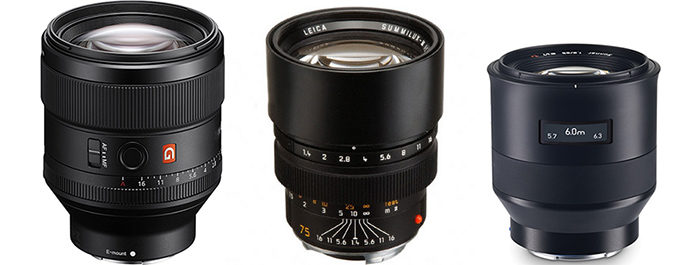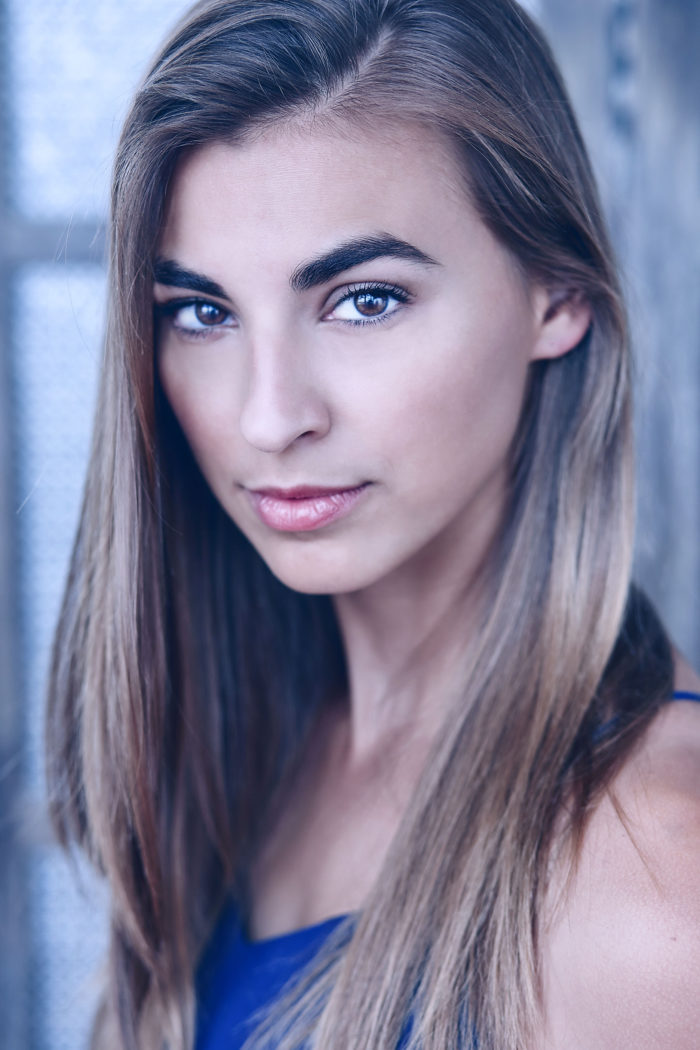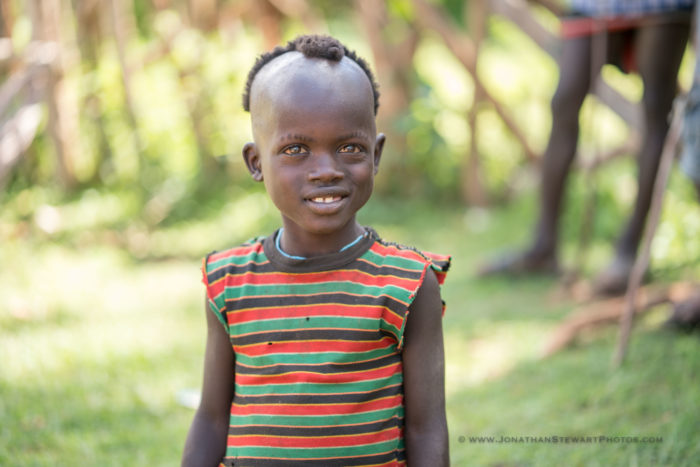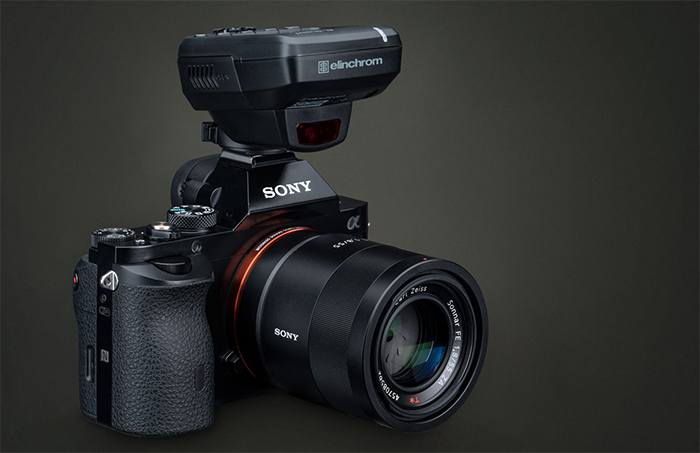DxOmark shows the A6300 scores just two points less than the best APS-C cameras
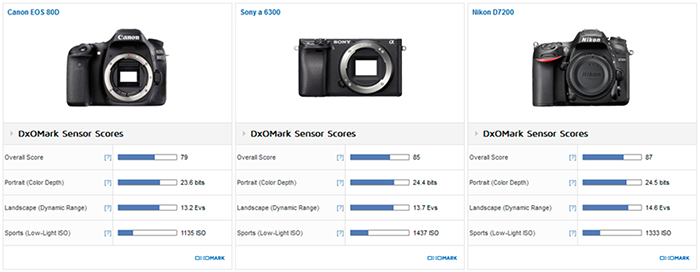
DxOmark posted the full Canon EOS80D sensor score result and also displayed the A6300 sensor ratings as a comparison:
“The [shoplink 48898 ebay]Canon EOS 80D[/shoplink] has improved low ISO noise and a more useful dynamic range at and close to base ISO over its siblings. However, class-leading sensors such as those found in the Sony a6300 and the [shoplink 48899 ebay]Nikon D7200[/shoplink] still have more usable dynamic ranges, and that’s not just at base, but at high ISOs as well.”
The A6300 scores 85 points which is only two points behind the Nikon D7200 and the [shoplink 48921 ebay]Samsung NX1/500[/shoplink]. The Nikon uses the Sony 24.2MP sensor but has its own way to process the images.
A6300 store links at [shopcountry 47396].
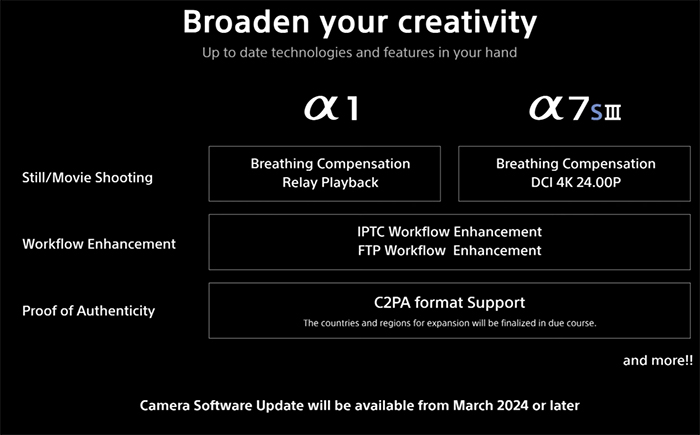
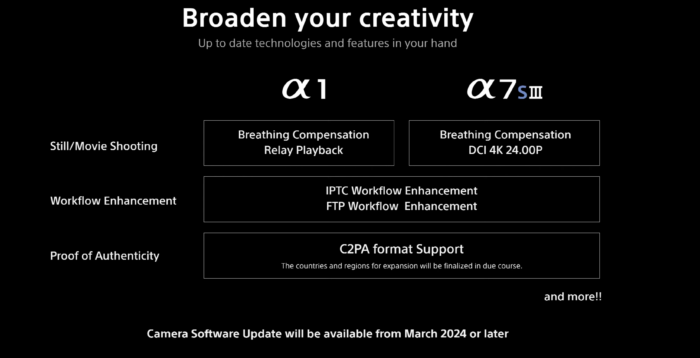
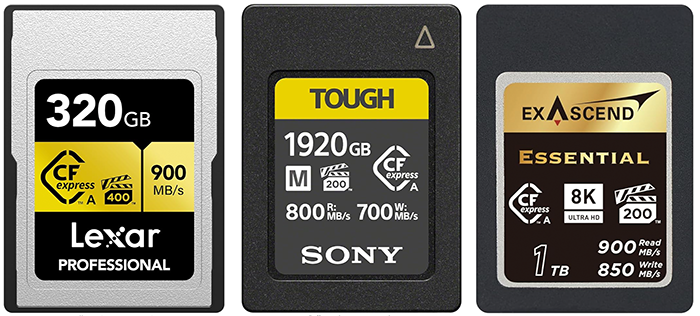
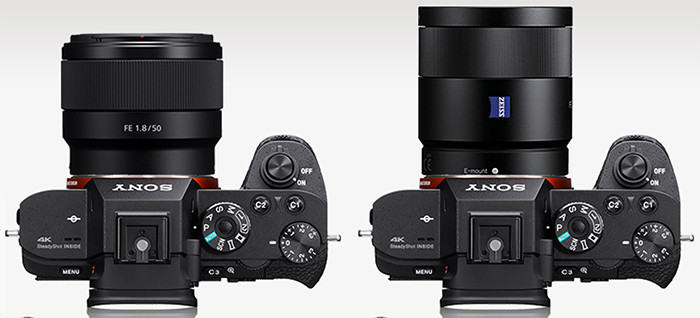
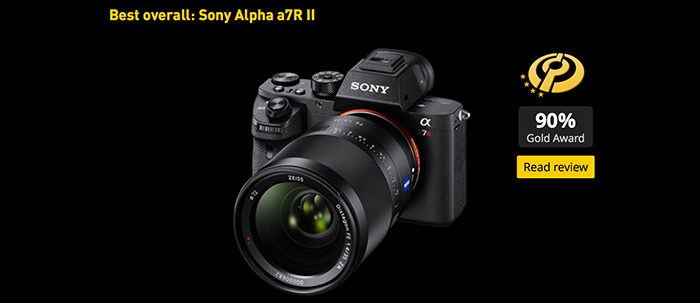 [/shoplink]
[/shoplink]
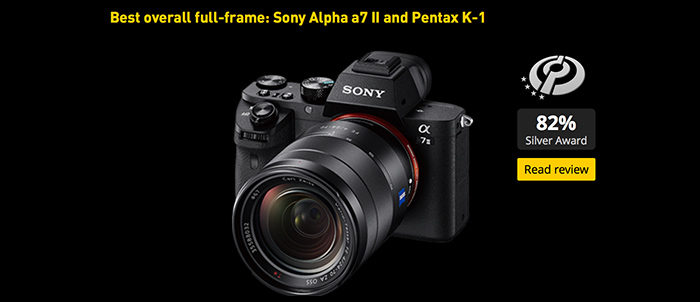 [/shoplink]
[/shoplink]
